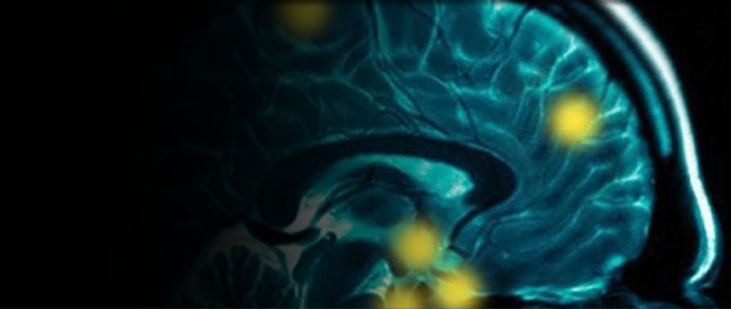By Lauren M. McGrath, Ellen B. Braaten, Nathan D. Doty, Brian L. Willoughby, H. Kent Wilson, Ellen H. O’Donnell, Mary K. Colvin, Hillary L. Ditmars, Jessica E. Blais, Erin N. Hill, Aaron Metzger, Roy H. Perlis, Erik G. Willcutt, Jordan W. Smoller, Irwin D. Waldman, Stephen V. Faraone, Larry J. Seidman, and Alysa E. Doyle | The Journal of Child Psychology and Psychiatry | September 28, 2015
Abstract:
Background
Evidence that different neuropsychiatric conditions share genetic liability has increased interest in phenotypes with ‘cross-disorder’ relevance, as they may contribute to revised models of psychopathology. Cognition is a promising construct for study; yet, evidence that the same cognitive functions are impaired across different forms of psychopathology comes primarily from separate studies of individual categorical diagnoses versus controls. Given growing support for dimensional models that cut across traditional diagnostic boundaries, we aimed to determine, within a single cohort, whether performance on measures of executive functions (EFs) predicted dimensions of different psychopathological conditions known to share genetic liability.
Methods
Data are from 393 participants, ages 8–17, consecutively enrolled in the Longitudinal Study of Genetic Influences on Cognition (LOGIC). This project is conducting deep phenotyping and genomic analyses in youth referred for neuropsychiatric evaluation. Using structural equation modeling, we examined whether EFs predicted variation in core dimensions of the autism spectrum disorder, bipolar illness, and schizophrenia (including social responsiveness, mania/emotion regulation, and positive symptoms of psychosis, respectively).
Results
We modeled three cognitive factors (working memory, shifting, and executive processing speed) that loaded on a second-order EF factor. The EF factor predicted variation in our three target traits, but not in a negative control (somatization). Moreover, this EF factor was primarily associated with the overlapping (rather than unique) variance across the three outcome measures, suggesting that it related to a general increase in psychopathology symptoms across those dimensions.
Conclusions
Findings extend support for the relevance of cognition to neuropsychiatric conditions that share underlying genetic risk. They suggest that higher-order cognition, including EFs, relates to the dimensional spectrum of each of these disorders and not just the clinical diagnoses. Moreover, results have implications for bottom-up models linking genes, cognition, and a general psychopathology liability.



